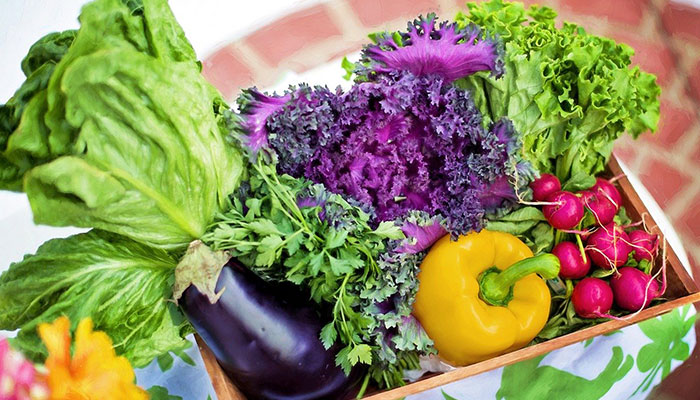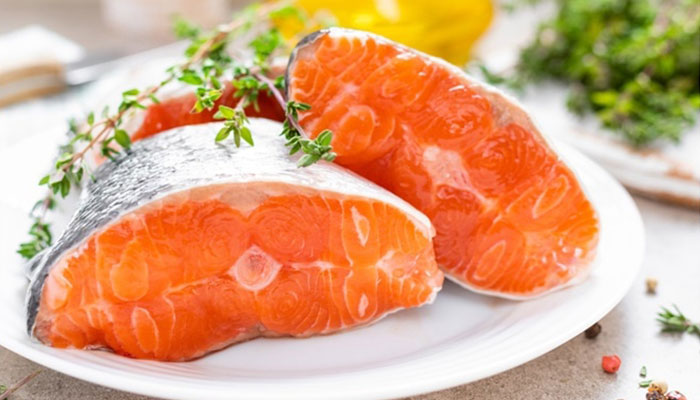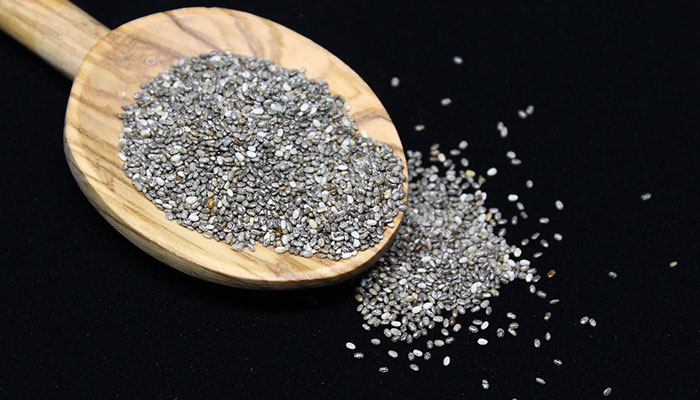Diabetes is a chronic disease with over 422 million patients worldwide. Diabetes is when level of blood sugar or glucose is higher than normal. It occurs when pancreas doesn’t secrete enough insulin or cells of the body start resisting insulin.
Obesity is among the major contributors to the development of insulin resistance in 90% of individuals. Modification in the diet is the basis of successful treatment of all types of diabetes.
There are several types of diabetes and no two people with diabetes have the same. Therefore, there isn’t a “one-size-fits-all” diet that every individual can follow. Still choosing a healthy diet consists of a variety of food groups can help to manage diabetes.
Below we have mentioned a list of selected food items that everyone can include in their diet to manage diabetes.
Green Leafy Vegetables

Along with minimal impact on sugar levels, green leafy vegetables are a great source of essential vitamins, minerals, & nutrients. Leafy green vegetables including spinach & kale are a key source of natural potassium, vitamin, & calcium.
Availability of high antioxidants & starch-digesting enzymes in green leafy vegetables makes them helpful in controlling diabetes.
List of green leafy vegetables you must include in your diet:
Spinach
Kale
Collard greens
Cabbage
Broccoli
Bok choy
Green Leafy vegetables can be used in salad, soups, side dishes, & dinner. Moreover, drinking kale juice may help to regulate blood sugar levels & improve blood pressure.
Whole Grains

In comparison to white grains, whole grains contain a high level of fiber which is more nutritious. A diet high in fiber is important for diabetic patients as fiber slows down the digestion process.
Furthermore, whole grains are lower on the Glycemic Index (GI) scale, which makes them have less impact on blood sugar. Some whole grains that you can include in your meal are as follows:
Brown Rice
Whole-Grain Bread
Whole-Grain Pasta
Buckwheat
Quinoa
Millet
Bulgur
Rye
Fatty Fish

The presence of Omega-3 fatty acid in fishes make them a healthful addition to any diet. A certain amount of fat is necessary to keep body functioning & promoting health & brain health.
According to the American Diabetic Association (ADA) including polyunsaturated & monounsaturated fats can improve blood sugar control & blood lipids in diabetic patients. Below we have mentioned some fishes that are rich in poly and monounsaturated fats :
Salmon
Mackerel
Sardines
Albacore Tuna
Herring
Trout
To avoid saturated and trans fat you can opt for Roasted, grilled, or baked fish instead of fried fish. Also, you can add fish with vegetables or any healthy meal
Beans

Beans are a versatile food option for the person with diabetes. They are a great source of plant-based proteins, as they can reduce the intake of carbohydrates while still satisfying the appetite.
Beans are also on the lower side of the GI scale & proved to be better than many other starchy foods. They may help to manage diabetes by managing blood sugar levels. Beans contain complex carbohydrates, so our body digests them slower than other carbohydrates.
Helping in weight loss and controlling a person’s blood pressure & cholesterol are some other benefits of including beans in your regular meal. You can choose from a wide range of beans that are easily available:
Kidney beans
Pinto beans
Black beans
Navy beans
Adzuki beans
Walnuts

Nuts can be yet another healthy addition to your diet. They are rich in Omega-3 fatty acid called alpha-lipoic acid (ALA). Like any other Omega-3 acid, ALA is essential for good heart health. Since people with diabetes are at a higher risk of heart stroke or disease, it becomes essential to consume these fatty acids through a healthy diet.
Walnuts are a great source of nutrients, such as proteins, vitamin B-6, magnesium, And Iron. Adding a handful of walnuts to breakfast can prove to be extremely beneficial.
Chia Seeds

The presence of Antioxidants & Omega-3 in chia seeds put them in the category of superfood. Also, they are rich in fiber & plant-based protein. Including chia seeds in diets can help in reducing weight thereby managing diabetes.
Chia seeds are mainly helpful for people with type 2 diabetes. They can sprinkle chia seeds over breakfast or any other meal
Citrus Fruits

Citrus fruits such as Oranges, Lemons, & Grapefruit considered having antidiabetic effects. Eating Citrus fruits is an effective way to intake vitamins & minerals while cutting off on carbohydrates. Studies have proved that bioflavonoid antioxidants such as Hesperidin & naringin in oranges can act as a source of antidiabetic effects.
Probiotic Yogurt

Probiotics are the live bacteria that live in the human gut to improve digestion & overall health. Researches have proved that consuming probiotic yogurt could help in improving cholesterol level thereby lowering the risk of heart diseases.
Moreover, including probiotic food in meals reduces inflammation, oxidate stress, and increases insulin sensitivity. You can choose from natural yogurt without adding sugar. To make it a healthy breakfast berries and nuts can be added to yogurt.
Sweet Potatoes

Sweet potatoes are a great alternative for people with diabetes since they have lower GI than white potatoes. Also, sweet potatoes release sugar comparatively slower & don’t raise blood sugar. They are a great source of fiber, vitamin A, vitamin C, & potassium.
Sweet potatoes can be enjoyed in several ways, including mashed, baked, roasted, and baked. Sweet potatoes can be added to green leafy vegetables or a salad for a healthy balanced meal.
Conclusion
Along with eating healthy food being physically active is essential. It can help to manage diabetes & reduces the risk of heart diseases. Being physically active helps you to use insulin more efficiently by increasing the amount of glucose used by your muscles.
A 150 min of moderate-intensity physical activity per week is considered healthy. This activity can be anything that raises your heart rate & make you feel warmer. You don’t have to perform all 150 min in one go. You can break it down into small chunks throughout the week.

